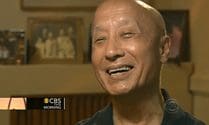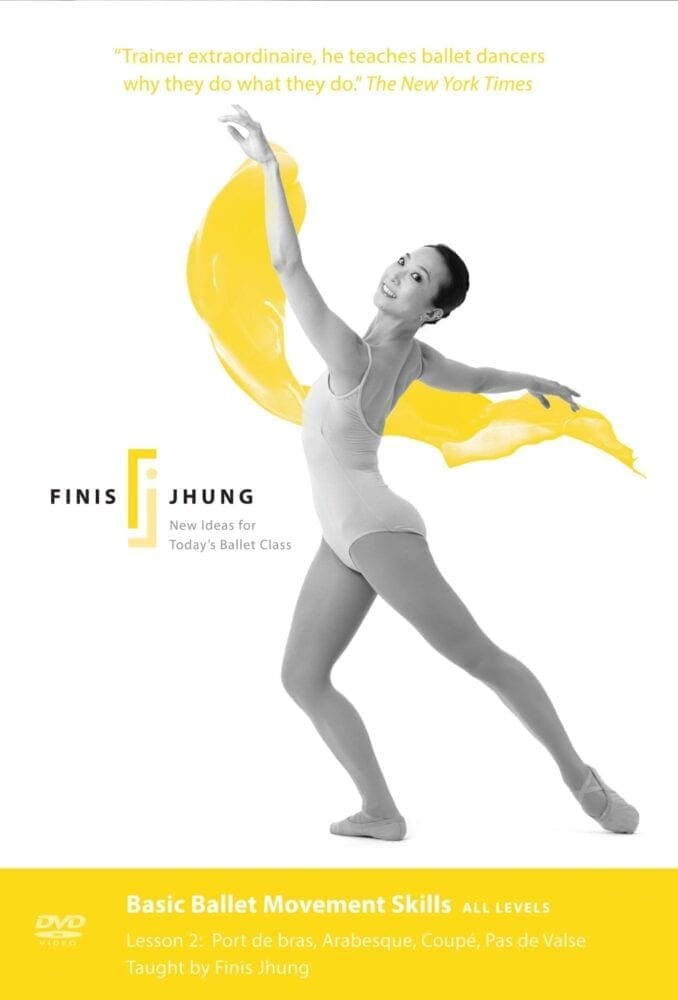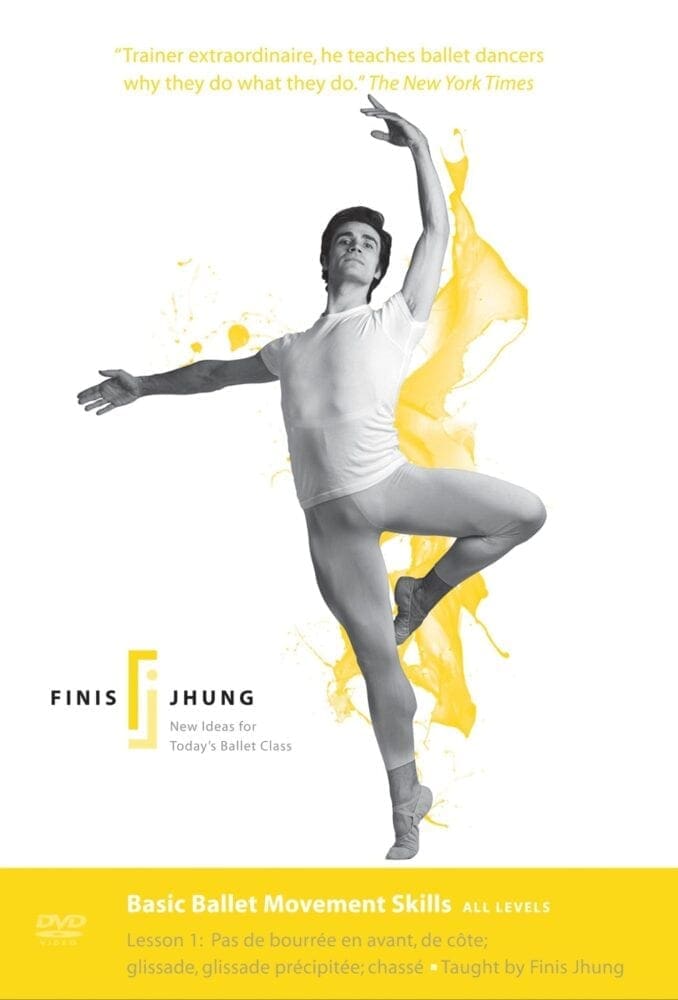By Maria Schreiber, Juno Beach, FL
From dancing at home to working One-on-One with Finis, Maria tells how her technique improved over the course of a year.
November 2018
After watching several videos of professional ballet dancers, the thought occurred to me that “I want to be doing this not just watching it. Heck, I’m only 72.” I found Finis Jhung’s Ballet Barre for the Absolute Beginner on Amazon and purchased it. I did the exercises 5 days a week and improved a little bit each day. I was so impressed with the quality of Finis’ teaching that I e-mailed him. I thanked him for the progress I was making due to his innovative teaching. Two hours later, he e-mailed me back.
July 2019
The ballet barre exercises have gone from being something I do to being something I experience with awareness and pleasure.
On the 25th of this month, I took a One on One—a 90-minute class with Finis Jhung at Pearl Studios in New York City. What a rich experience! When I did the exercises with Finis in the studio, I realized I could go even deeper into the movements than I had been going. His corrections were made with a firm but gentle hand. I could feel and see the changes in my body on the spot. When I returned to work at home, I was on another level. I went from wanting to do the barre “perfectly” to wanting to feel each movement fully. The ballet barre exercises have gone from being something I do to being something I experience with awareness and pleasure. Because Finis did not judge me, I do not judge myself. He taught me to understand the movements and the mechanics that create them.
December 2019
On the 5th of this month, I had my second One on One 90-minute class with Finis Jhung at Pearl Studios. Finis arranged for his son Jason to videotape the session. I’d spent the past five months practicing the skills I learned in July and tackling new movements (pas de bourrée en avant, pas de bourrée de côte, glissade, glissade précipitée, and pas de valse). I arrived at the studio and was immediately at ease. The taping was unobtrusive, and Finis immediately zeroed in on how to make what I was doing better. Once again, he corrected me with a firm-but-gentle hand. When he gave me a compliment, I knew I deserved it. Seeing me on video, and hearing the corrections on tape truly enhanced the experience. I can go over the session on my phone any time I want, play the audio back, and zoom in on a particular aspect in the frame. I don’t have to wonder, now, what did he say about that? It’s all right there.

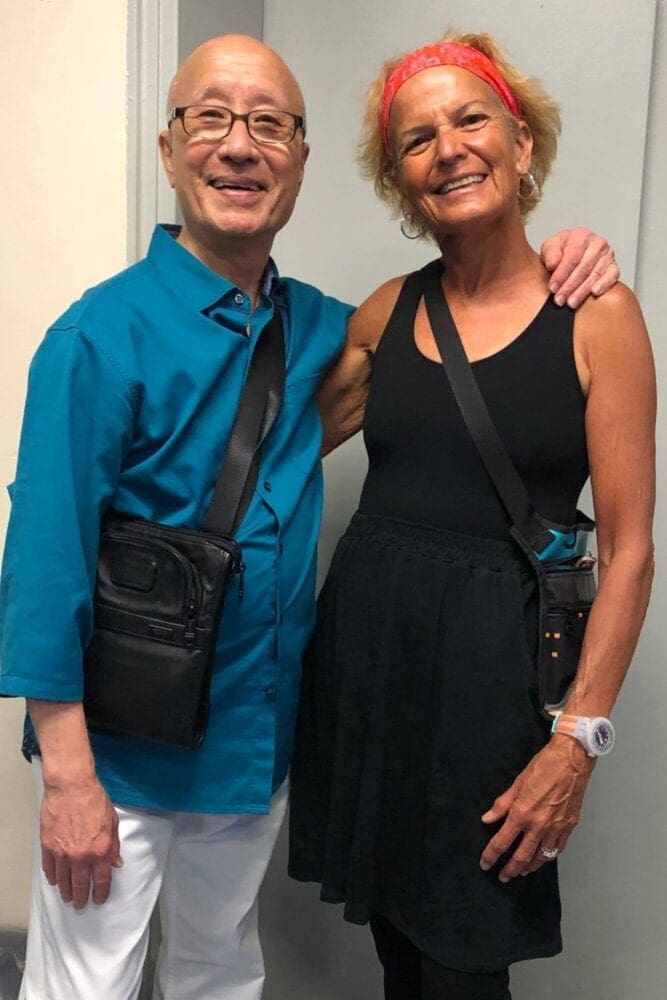
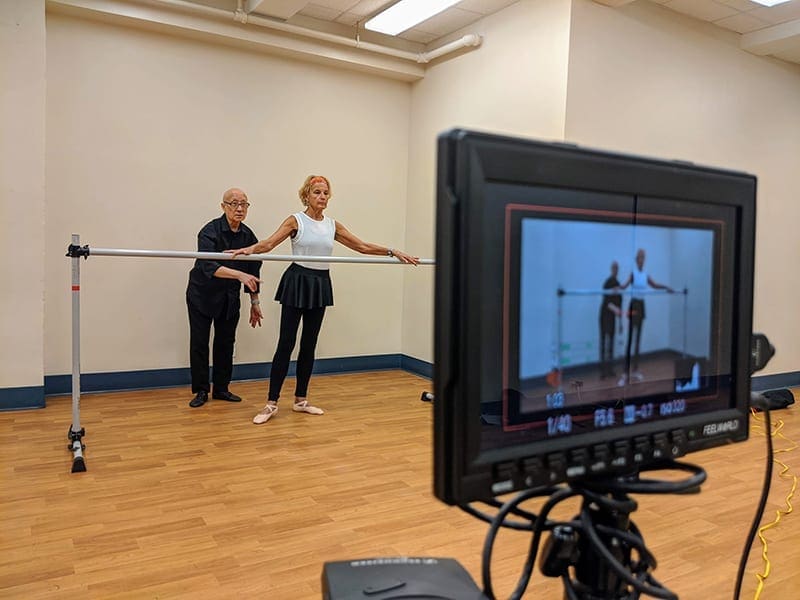
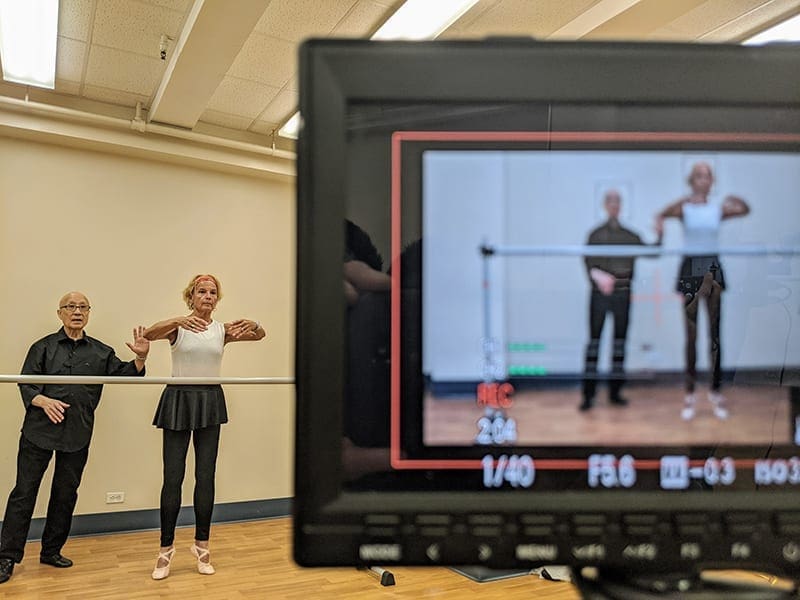
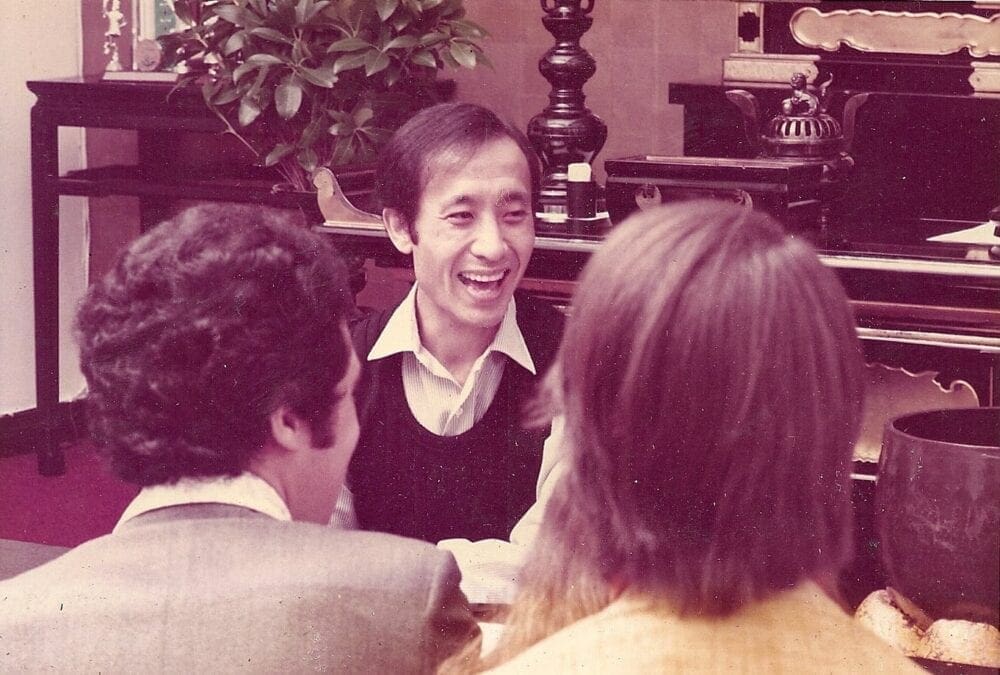
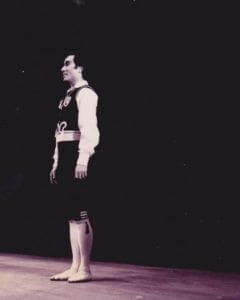

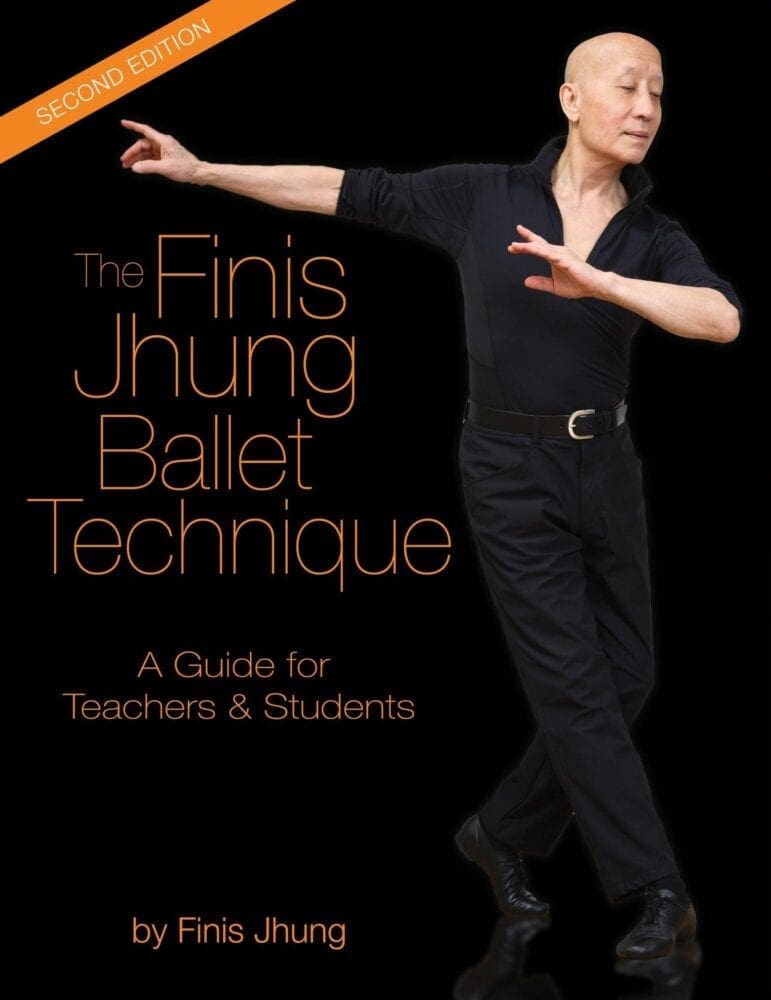
 Excerpted from my book The Finis Jhung Ballet Technique: A Guide for Teachers & Students
Excerpted from my book The Finis Jhung Ballet Technique: A Guide for Teachers & Students
